Introduction
A marketing funnel is more than a buzzword; it’s the map that shows exactly how a stranger becomes a customer and, eventually, a loyal advocate.
Instead of guessing what prospects need at each step, a funnel gives you structure. It helps you attract the right audience, nurture them with the right content, and guide them toward taking action without wasted effort or blind spots.
In 2025, understanding funnels isn’t optional. With digital marketing moving faster than ever, businesses that master the funnel stages not only convert more leads, they build lasting trust and stronger customer relationships.
This guide breaks down the stages of the marketing funnel, the strategies that actually work at each one, and real-world examples you can apply to your own business right away.
To dive deeper into funnel optimization, check out our Lead Generation Funnel Guide.
Key Takeaways
Marketing & Sales Funnels — What to Know
- Funnels turn chaos into clarity — instead of guessing, you’ll know exactly how prospects move from awareness to loyal customers.
- Each stage demands a different strategy — what works at the top won’t work at the bottom, and we’ll show you how to adjust.
- Marketing and sales funnels aren’t the same — but when you align them, conversions skyrocket.
- Top brands don’t reinvent the wheel — they use simple but effective funnel frameworks you can model today.
- Your funnel is only as good as your data — we’ll cover the metrics that reveal leaks and show where to optimize.
Disclaimer: I am an independent Affiliate. The opinions expressed here are my own and are not official statements. If you follow a link and make a purchase, I may earn a commission.
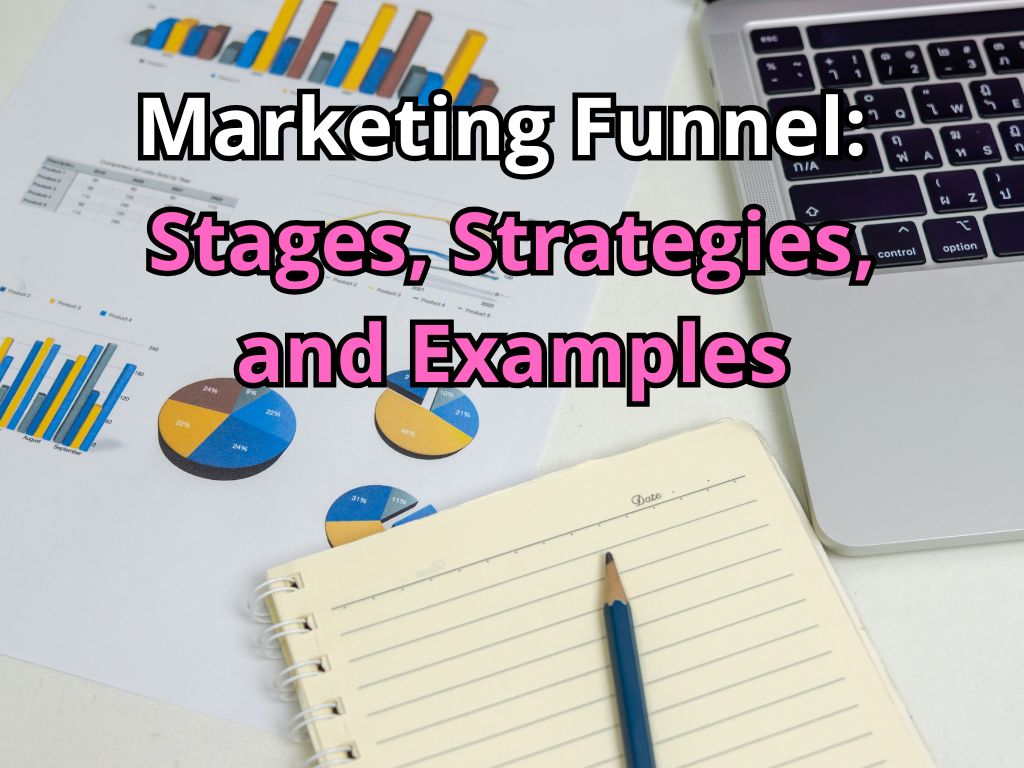
What is a Marketing Funnel?
A marketing funnel is more than just a diagram, it’s the blueprint of how strangers become loyal customers. It maps out every step of the buyer’s journey, from the moment someone first hears about your brand to the point where they purchase (and ideally, recommend you to others).
The funnel matters because it gives structure to what can otherwise feel like chaos. Instead of throwing out ads, blogs, or emails and hoping something sticks, you can see exactly where your prospects are, what they need, and how to move them forward.
At its core, a marketing funnel does three things:
- Creates clarity → You know how awareness, trust, and conversions fit together.
- Drives strategy → Each stage has its own tactics, so you’re never guessing.
- Builds relationships → A funnel doesn’t just sell once, it nurtures long-term loyalty.
In short: A marketing funnel isn’t about pushing people to buy. It’s about guiding them through a journey that feels natural, valuable, and trustworthy for both sides.
For a broader look at how businesses generate and nurture leads, check out HubSpot’s Marketing Funnel Insights for detailed research and best practices.
📣 Marketing Funnel Stages at a Glance
| Funnel Stage | Core Goal | Winning Strategies | Key Metrics |
|---|---|---|---|
| Awareness (TOFU) | Get noticed and spark initial interest. | SEO blogs, social posts, YouTube explainers, paid ads. | Website traffic, impressions, CTR. |
| Interest (MOFU) | Educate and nurture new leads so they trust you. | Lead magnets, webinars, email sequences, retargeting. | Lead captures, open rates, click-throughs. |
| Desire (MOFU – Deeper) | Build preference by showing why your solution stands out. | Case studies, free trials, competitor comparison pages. | Demo requests, trial sign-ups. |
| Action (BOFU) | Convert qualified leads into paying customers. | High-converting landing pages, consults, urgency offers, testimonials. | Conversion rate, CAC, revenue. |
| Loyalty & Advocacy | Keep customers engaged and turn them into promoters. | Loyalty programs, referral incentives, community building. | Retention rate, repeat purchases, NPS. |
Marketing Funnel Stages and How They Work
A marketing funnel isn’t just a sequence of tactics. It’s a map of how buyers think, feel, and decide and your job is to guide them at each stage with the right message and experience.
Here’s how to do it:
1. Awareness (TOFU – Top of the Funnel)
At this stage, potential customers discover your brand for the first time. The goal here is to attract attention and spark interest. The most effective strategies include:
- SEO-Optimized Blog Posts: Creating informative content that answers common questions and ranks on search engines.
- Social Media Marketing: Leveraging platforms like LinkedIn, Instagram, and TikTok to generate visibility.
- Paid Advertising: Running targeted Google Ads, Facebook Ads, and LinkedIn Ads.
- Video Marketing: Using platforms like YouTube to educate and engage audiences visually.
A strong brand presence at this stage builds trust and positions your business as an industry leader.
2. Interest (MOFU – Middle of the Funnel)
Once a prospect becomes aware of your brand, they begin researching and engaging with your content. This stage focuses on establishing credibility and nurturing relationships. Key tactics include:
- Email Marketing Sequences: Providing valuable content through automated email workflows.
- Educational Webinars: Hosting live Q&A sessions and in-depth presentations.
- Lead Magnets: Offering downloadable eBooks, checklists, and whitepapers in exchange for contact details.
- Case Studies and Testimonials: Showcasing success stories to build confidence in your offerings.
Companies that prioritize valuable and educational content at this stage see significantly higher engagement rates.
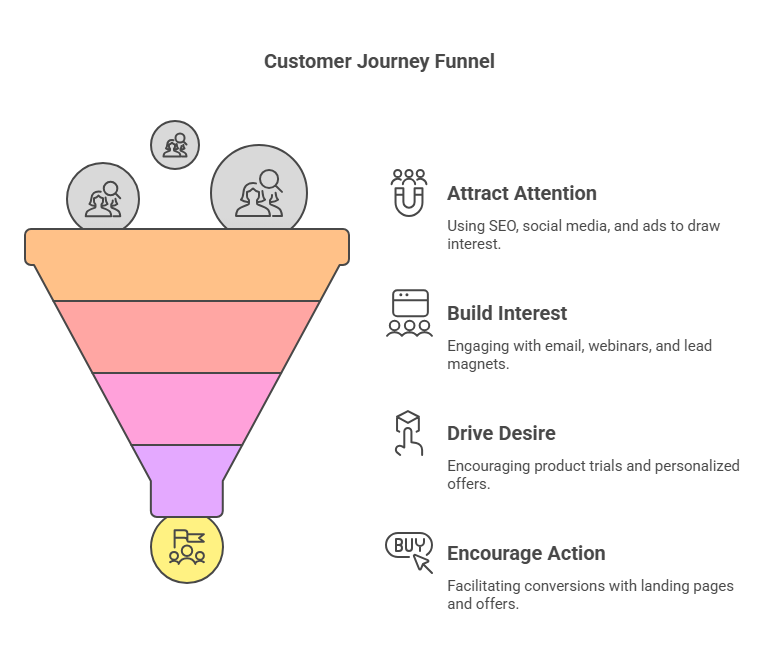
3. Desire (MOFU – Deeper Engagement)
At this point, prospects actively consider your product or service. They compare options and look for reassurance before making a decision. Strategies to drive conversions include:
- Product Demos and Free Trials: Allowing prospects to experience your product firsthand.
- Retargeting Ads: Using platforms like Google Ads to re-engage visitors who didn’t convert initially.
- Personalized Sales Emails: Sending tailored messages based on user behavior and engagement.
- Competitor Comparison Pages: Highlighting your unique selling points (USPs) to differentiate from competitors.
Providing compelling content that aligns with their pain points and needs helps build confidence and move them closer to purchasing.
4. Action (BOFU – Bottom of the Funnel)
At this stage, the prospect is ready to convert. Your goal is to provide a seamless experience that eliminates friction.
To drive action, businesses should implement:
- High-Converting Landing Pages: Clear CTAs, persuasive copy, and optimized design.
- One-on-One Sales Consultations: Personalized demos or direct assistance from a sales rep.
- Limited-Time Offers & Discounts: Creating urgency with exclusive promotions.
Customer Testimonials & Social Proof: Reinforcing credibility through real experiences.
5. Loyalty & Advocacy
Beyond the purchase, businesses should focus on retaining customers and turning them into brand advocates. Loyal customers are more likely to refer others and repurchase.
Effective retention strategies include:
- Loyalty Programs: Offering incentives for repeat customers.
- Referral Programs: Encouraging customers to refer friends in exchange for discounts or rewards.
- Personalized Email Sequences: Providing ongoing value through educational content.
- Community Engagement: Encouraging user-generated content and social media participation.
For more on customer retention strategies, read Salesforce’s Guide to Customer Retention.
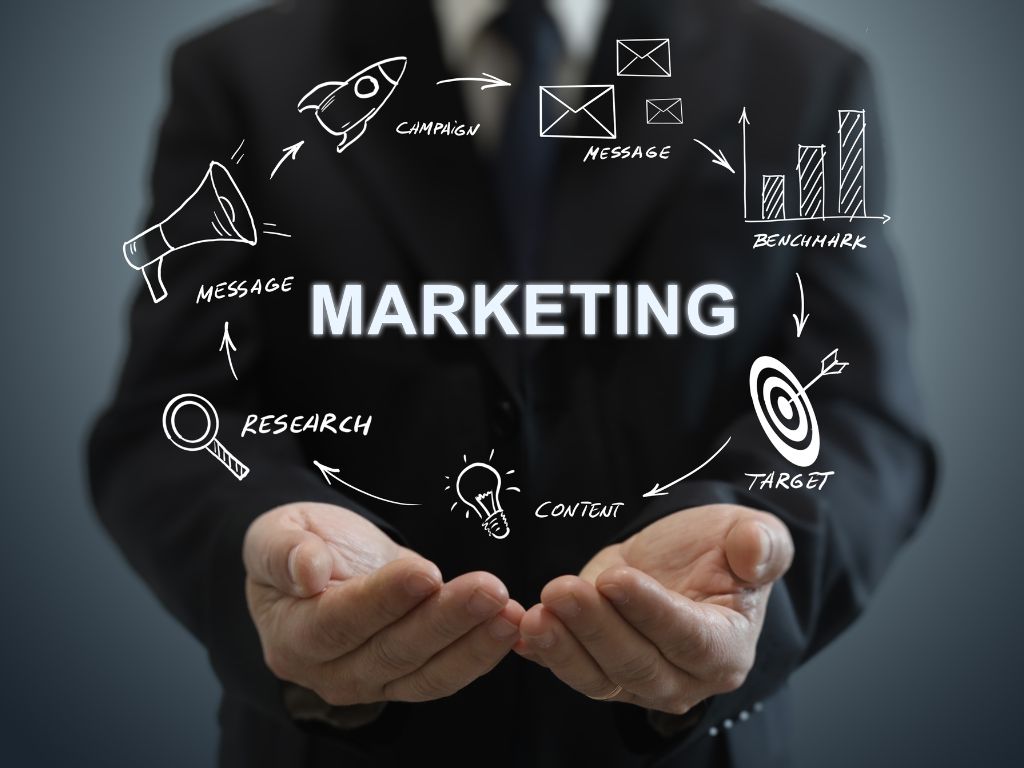
Common Mistakes to Avoid in Your Marketing Funnel
Even the best marketing strategy can fail if the funnel isn’t built or managed correctly. Businesses often lose leads and money by making avoidable mistakes at different stages of the funnel.
Here are the most common pitfalls to watch out for:
- Treating All Leads the Same
→ Sending identical content to cold prospects and warm leads often causes disinterest. Personalization and segmentation are key. - Overloading the Top of the Funnel Without Nurturing
→ Generating awareness is great, but if you don’t follow up with middle-of-the-funnel (MOFU) education, leads will drop off. - Weak or Confusing CTAs
→ A vague “Learn More” button isn’t enough. Every stage should have a clear, action-oriented call to move leads forward. - Ignoring Mobile Optimization
→ Many prospects will first encounter your funnel via mobile. If landing pages aren’t optimized, bounce rates spike. - Not Tracking the Right Metrics
→ Without data, you won’t know where leaks are happening. Focusing only on clicks instead of conversions leads to poor decisions. - Pushing for the Sale Too Early
→ Hard-selling before trust is built often pushes leads away. Value must come before conversion. - Neglecting Post-Purchase Engagement
→ Many funnels end at the sale, missing the loyalty and advocacy stage. Repeat buyers are cheaper to retain than new ones to acquire.
🚫 Marketing Funnel Mistakes at a Glance
| Mistake | Why It Hurts | Quick Fix |
|---|---|---|
| Treating all leads the same | Irrelevant messages cause disengagement | Segment by stage & personalize content |
| Overloading TOFU, neglecting MOFU | Leads lose interest before converting | Balance awareness with nurturing |
| Weak CTAs | Prospects don’t know the next step | Use clear, action-driven CTAs |
| Poor mobile experience | High bounce rates on phones | Design mobile-first & test pages |
| Tracking vanity metrics | Funnel leaks stay hidden | Measure conversions, CAC, CLV |
| Selling too early | Breaks trust & feels pushy | Lead with education before pitching |
| Ending at the sale | Missed loyalty & referrals | Add retention & advocacy steps |

📈 Key Metrics to Track in Your Marketing Funnel
Tracking the right metrics is what separates a funnel that looks busy from one that actually drives revenue. Instead of obsessing over clicks and impressions, focus on numbers that reveal how efficiently leads move through each stage and how much value they bring over time.
Here are the core metrics every business should monitor:
| Metric | What It Measures | Why It Matters | Pro Tip |
|---|---|---|---|
| Conversion Rate | % of users moving from one funnel stage to the next | Shows how persuasive your funnel is at each step | Track by stage (e.g., awareness → interest), not just overall |
| CAC (Customer Acquisition Cost) | Total marketing spend ÷ new customers acquired | Reveals efficiency of your funnel and profitability | Compare CAC against CLV to ensure ROI |
| CLV (Customer Lifetime Value) | Total revenue an average customer generates over time | Helps decide how much you can invest in acquisition | Aim for CLV at least 3x CAC |
| Engagement Rate | Interactions like email opens, webinar sign-ups, ad clicks | Indicates how compelling your content is | Segment by channel to see where prospects engage most |
| ROI (Return on Investment) | Revenue ÷ total funnel spend | The ultimate measure of funnel profitability | Track ROI by campaign, not just globally |

📈 How to Measure and Improve Funnel Performance
Knowing your numbers is just the first step. The real gains come from turning data into action. Funnel optimization is a cycle: spot weak points → test improvements → double down on what works.
Here’s a streamlined process to continuously refine your funnel:
| Step | What to Do | Why It Works | Example |
|---|---|---|---|
| 1. Identify Drop-Off Points | Use analytics (Google Analytics, Hotjar, CRM data) to see where prospects exit | Pinpoints where leads leak out of your funnel | 70% drop-off after eBook download → fix follow-up sequence |
| 2. Run Smart A/B Tests | Experiment with headlines, CTAs, page layouts, or offers | Small tweaks often produce big lifts | Testing two checkout designs reduces cart abandonment |
| 3. Match Content to Funnel Stage | Deliver the right message at the right time | Keeps prospects engaged and moving forward | Blog for awareness → case study for desire → demo for action |
| 4. Speed Up the Sales Cycle | Reduce friction with faster follow-ups, retargeting, and simplified forms | Fewer delays mean fewer chances for prospects to lose interest | Use chatbots for instant Q&A instead of slow email responses |
| 5. Review & Iterate Regularly | Audit your KPIs monthly or quarterly | Funnels evolve so should your strategy | Compare CAC vs. CLV and reallocate budget to best-performing channels |
The key: don’t treat your funnel as “done.” Continuous optimization ensures you stay ahead of competitors and aligned with changing customer behaviors.
Final Thoughts
A marketing funnel isn’t just another tool in your stack, it’s the system that determines whether your brand grows or stalls. Businesses that treat funnels as an afterthought keep chasing traffic but never see consistent results. The ones who master them? They scale faster, convert more efficiently, and build loyalty that compounds over time.
The truth is, funnels don’t need to be complicated. They need to be intentional. Every stage from awareness to loyalty has a purpose, and when you align your strategies with that purpose, your marketing stops feeling random and starts producing predictable growth.
Here’s the real takeaway: funnels aren’t optional anymore. They’re the backbone of modern marketing. The question isn’t whether you need one, it’s whether you’ll take the time to build one that actually works.
Start small. Map out your funnel. Track the numbers. Optimize relentlessly. And remember: the brands dominating 2025 aren’t those with the loudest ads, but the ones with the smartest funnels.
For a detailed breakdown of lead generation strategies, check out our Lead Generation Funnel Guide.
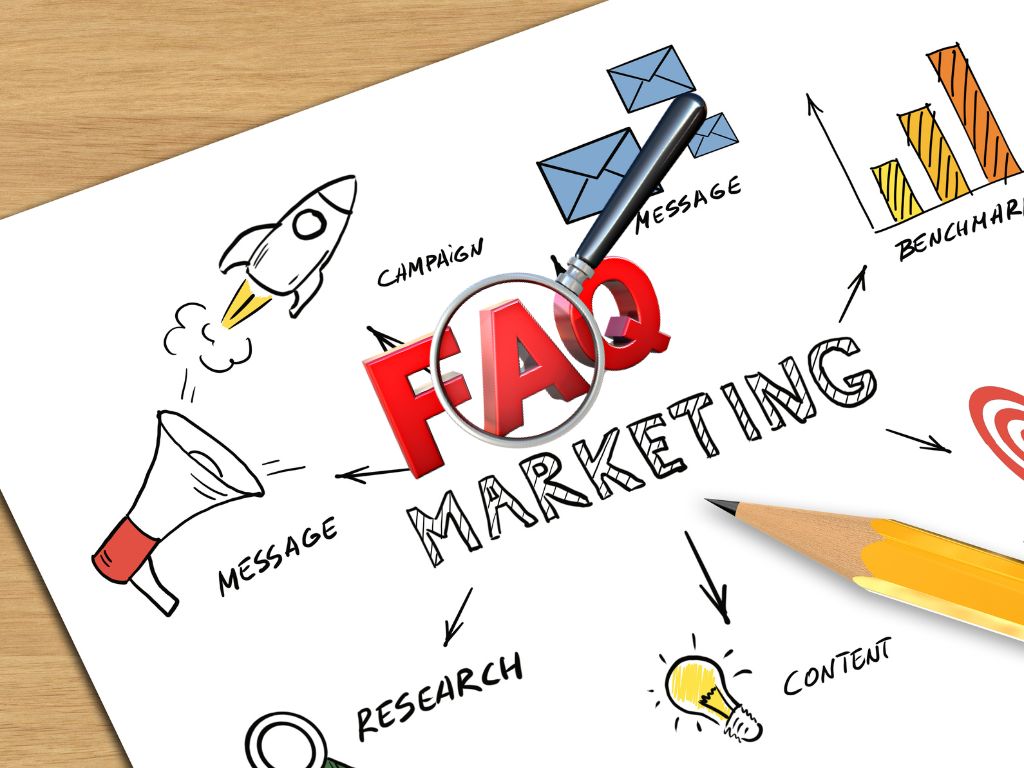
Frequently Asked Questions (FAQs)
1. What are the stages of a marketing funnel?
A typical marketing funnel has five main stages: Awareness, Interest, Desire, Action, and Loyalty. Each stage represents a different step in the customer journey, from discovering your brand to becoming a repeat buyer or advocate.
2. How is a marketing funnel different from a sales funnel?
A marketing funnel focuses on attracting leads, building trust, and nurturing interest through content, ads, and engagement. A sales funnel takes over when leads are close to buying, focusing on conversion tactics like demos, offers, and negotiations. Both work together to guide prospects toward becoming paying customers.
3. Why is the marketing funnel important for businesses?
A marketing funnel helps you understand where prospects drop off and what content or strategies push them closer to a purchase. Without a funnel, it’s harder to track ROI, optimize campaigns, or know which marketing efforts are actually working.
4. What metrics should I track in my marketing funnel?
Key funnel metrics include conversion rates, customer acquisition cost (CAC), engagement metrics (like email open rates or ad clicks), and return on investment (ROI). Tracking these helps you measure effectiveness and spot opportunities for improvement.
5. How do I optimize each stage of the funnel?
- Awareness → Use SEO, social media, and ads to attract new audiences.
- Interest → Nurture with email sequences, webinars, and case studies.
- Desire → Offer demos, free trials, and competitor comparison pages.
- Action → Simplify checkout, add testimonials, and create urgency with offers.
- Loyalty → Build retention programs, referrals, and personalized follow-ups.
6. How long does it take to build a marketing funnel?
The timeline depends on your business model, content strategy, and resources. A simple funnel can be built in a few weeks, while a multi-stage automated funnel may take months of testing and refinement.
7. What tools are best for building a marketing funnel?
Popular funnel-building tools include ClickFunnels, HubSpot, ActiveCampaign, and Leadpages for automation, landing pages, and tracking. For analytics, tools like Google Analytics, Hotjar, and CRM dashboards are essential to measure performance.
8. Can small businesses use a marketing funnel effectively?
Absolutely. In fact, funnels are even more important for small businesses because they maximize limited marketing budgets. A well-structured funnel helps you target the right audience, reduce wasted ad spend, and convert more leads with fewer resources.
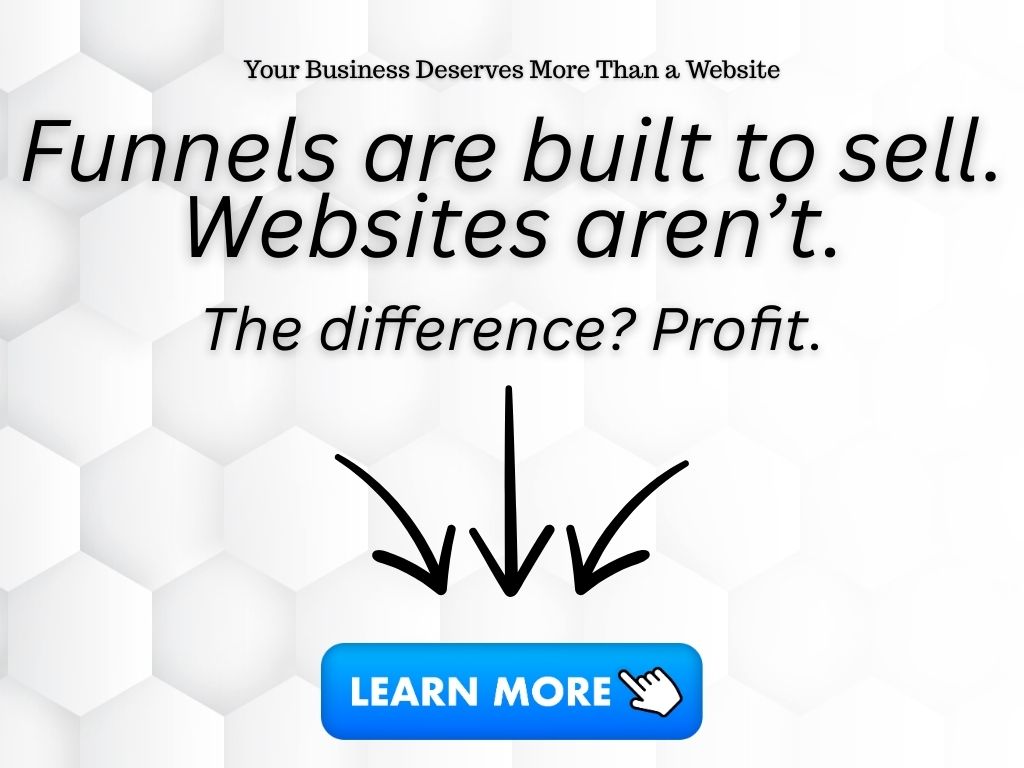
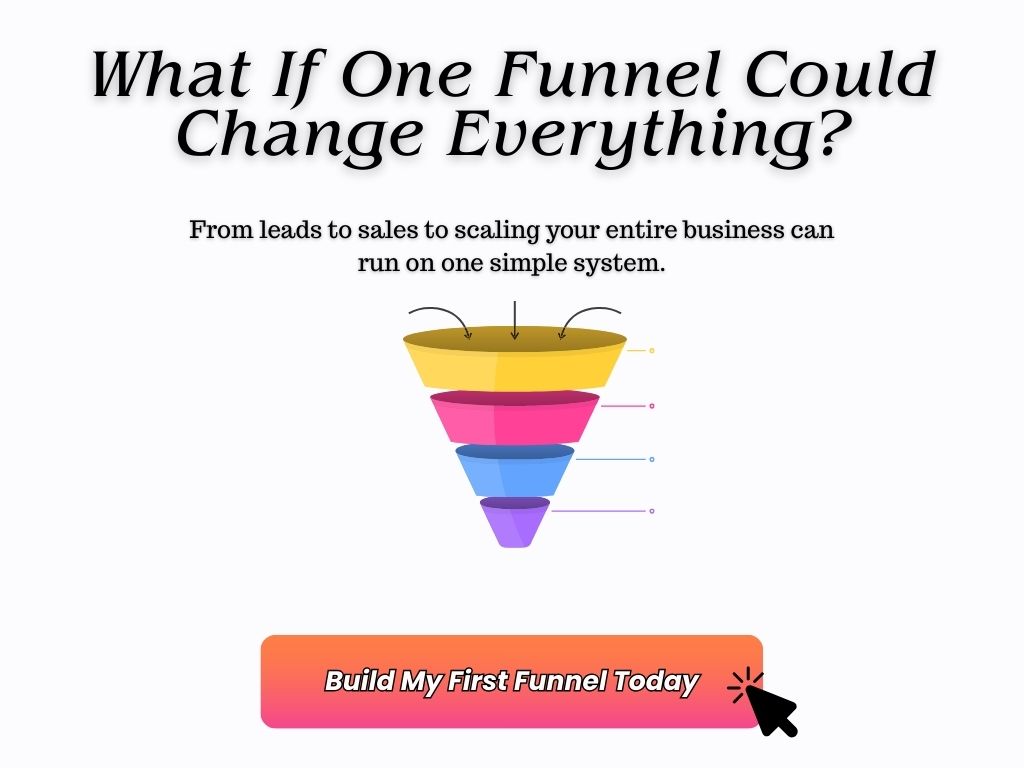
1 Comment
Kajabi vs ClickFunnels: Which Platform Is Right for You in 2025? - Ismel Guerrero. · March 23, 2025 at 12:48 pm
[…] Read our Marketing Funnel Guide. […]